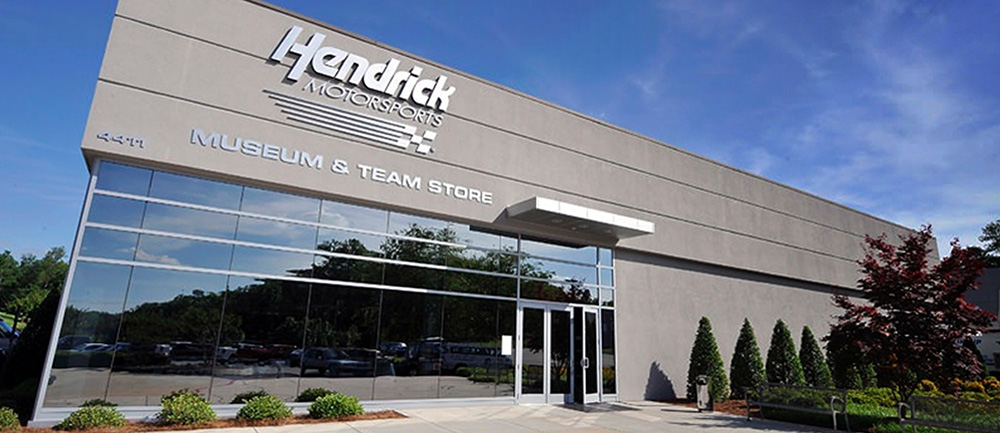
High Speed Works of Art
CHARLOTTE N.C. -- Imagine a million-dollar Picasso with a Darlington stripe or a rare Monet with a black tire donut. The sight would be enough to bring tears to the eyes of any art lover.
Now consider the beating and banging that the brightly colored race cars of the NASCAR Winston Cup Series take every week.
After spending countless hours sanding, priming, painting and detailing, it’s with a bittersweet farewell that Hendrick Motorsports paint shop specialists send each Monte Carlo masterpiece off to the racetrack. Despite a few cringes at the mention of bruising venues like Bristol (Tenn.) Motor Speedway or Martinsville (Va.) Speedway, Hendrick paint professionals remain steadfastly committed to putting the finishing touches on the best looking race cars in NASCAR.
At the No. 24 team shop, where the first stage of applying the sleek DuPont paint scheme will begin, paint foreman George Nelson, along with Chuck Lowder, Todd Herschel, Dave Downing and Jake Brzozowski, survey a new car, still in its bare metal skin.
The team works in four state-of-the-art bays, two for preparation and two for actual painting. Prior to the painting, however, each car is completely washed and scrubbed down to remove any oil on the metal still remaining from its initial assembly. Once free of all residue, the underlying chassis is first on the list to be painted in both gray and black.
Great care must be taken to make sure all suspension fittings are taped off during the process to ensure the tightest possible fit between each suspension component and the chassis. This initial process occurs on the paint shop’s “rotisserie” which allows workers to flip the car on its side for access ease.
Proceeding to the next step, specialists apply a putty compound used to fill in the seams left on the bare sheet metal in addition to any imperfections on the body. Once dry, the entire car is sanded and repeatedly refitted with each NASCAR-mandated template to guarantee the car will pass inspection.
Now honed down, the car’s exterior is finally ready for painting. But before it moves to the paint bay, tape is put on windows, openings and the car’s underside to avoid any overspray. After being pushed into the bay, a coat of DuPont primer is applied in preparation for subsequent base coats.
Following any necessary resanding of primer buildup to ensure template conformity, the entire car is painted in base orange and clear coat using special pressure-regulated hand sprayers, top-of-the-line at about $500 apiece. Flame-shaped stencils are then applied to the hood and sides of the car over the initial coat.
After a second base coat of chromer blue is added, the stencils are removed, revealing the familiar DuPont orange flames. The car is once again clear-coated and made ready for the oven as the gas-furnace is cranked up to 160 degrees where it will bake the clear coat for 45 minutes into a glistening hard shell.
The entire painting process takes place in specialized Nova Verta bays that feature a highly innovative and environmentally safe process. During painting, air flows from vents in the roof of the bay to a grated floor below. Known as a downdraft process, the downward flowing air captures dust and overspray in the bay and concentrates it in water tanks beneath the floor. Since the surplus paint floats and dries on top of the water, it can be skimmed off the tanks regularly and disposed of without ever being released into the environment.
Other than the base blue and orange coats on the No. 24 car, the remaining colors and emblems are all decals. From the trim of each flame to every primary, associate and contingency sponsor logo, the entire process to fully decal a car will normally take eight hours from start to finish. For these guys, patience and a steady hand are a must.
Following a complete waxing and polishing, the car is ready to race. Truly a 200-mph work of art.







